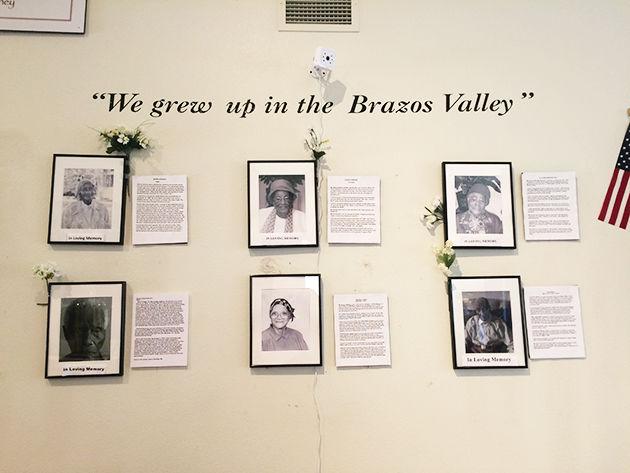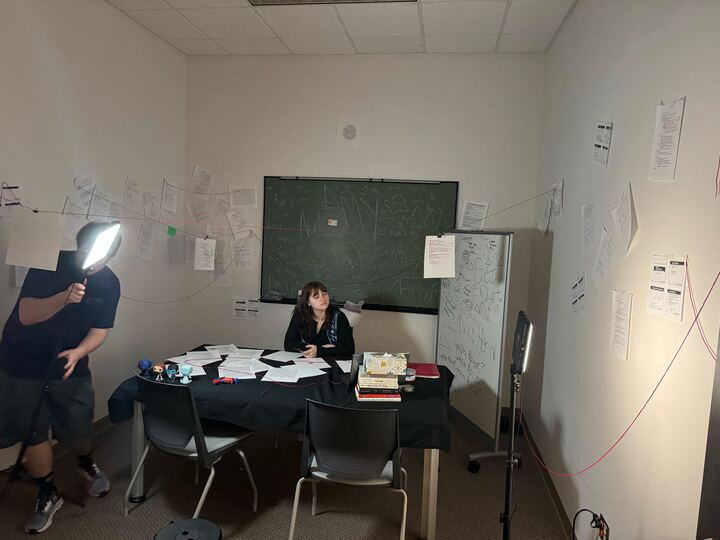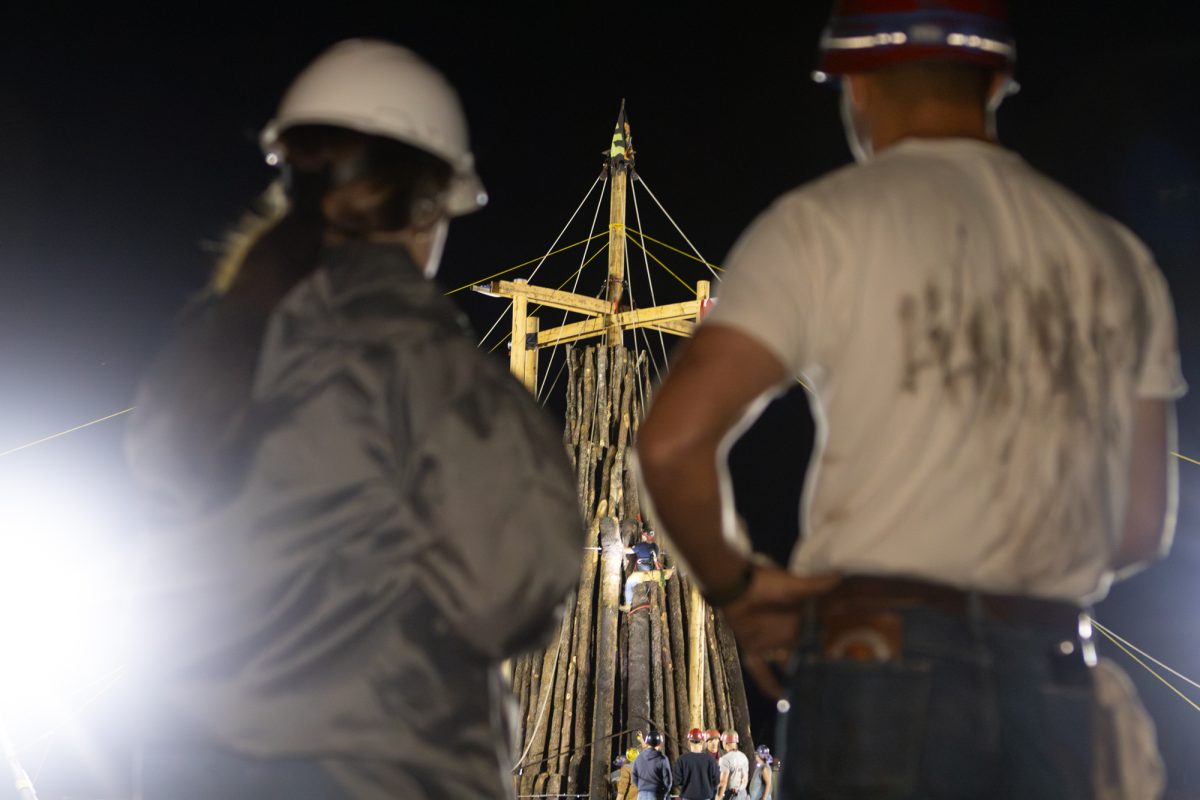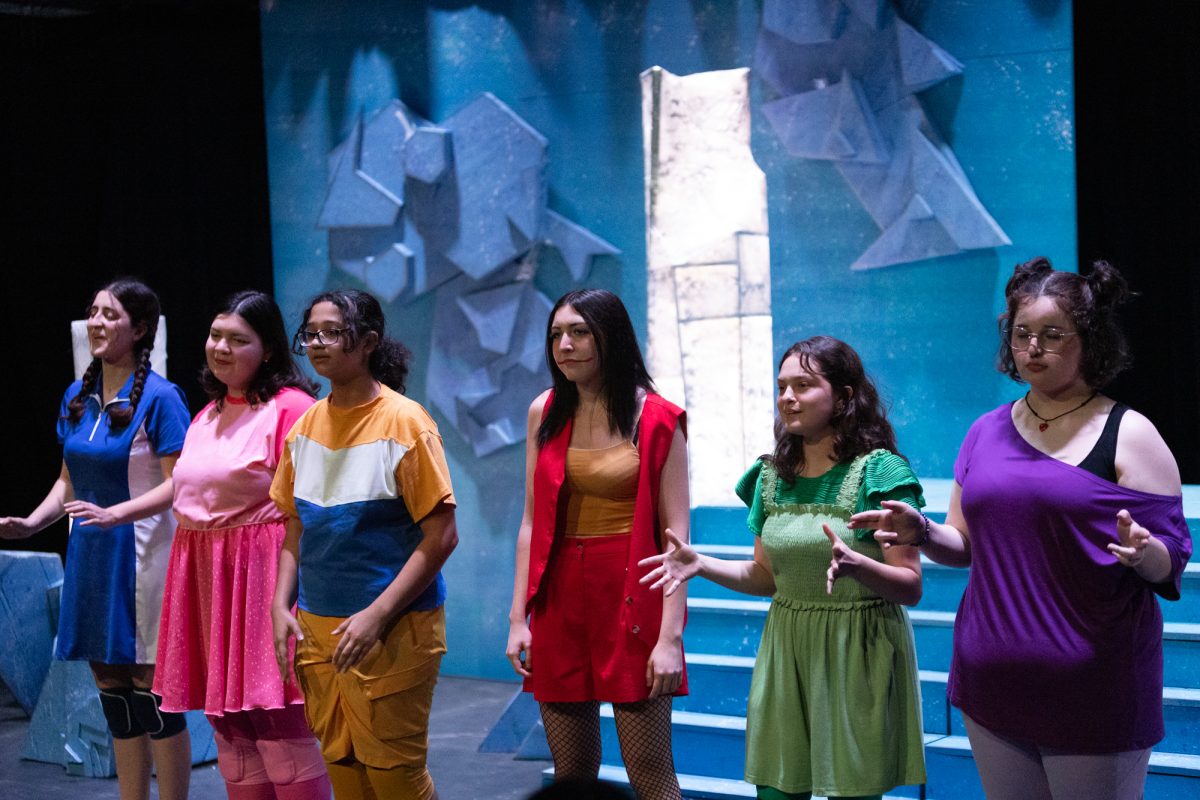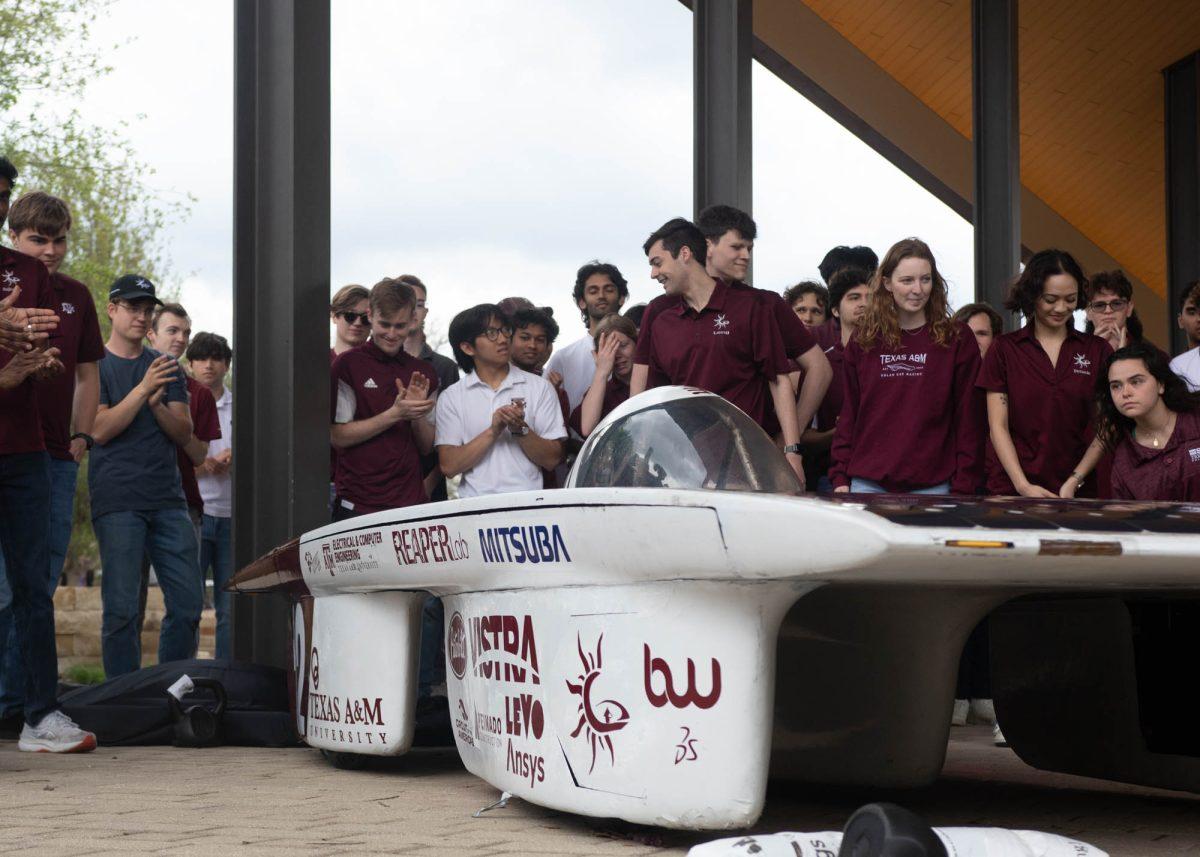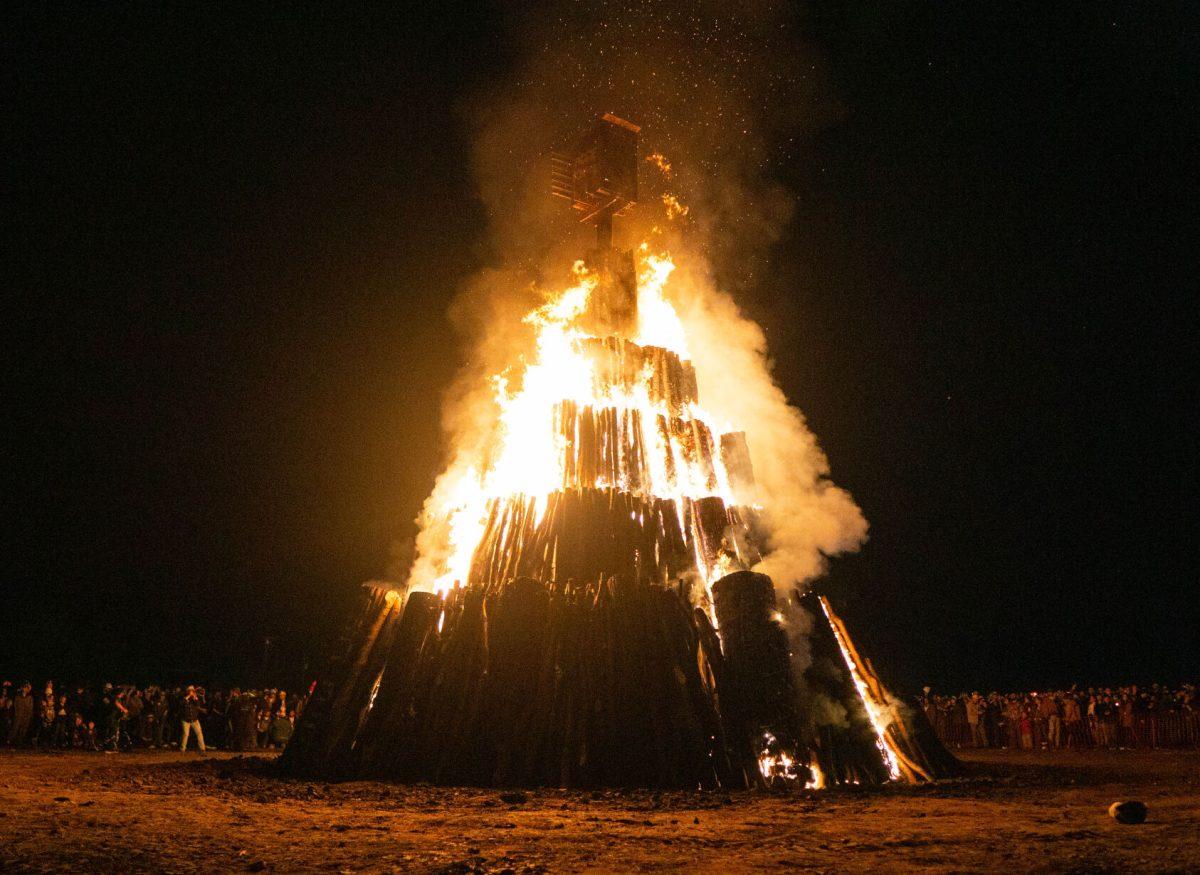History was made when the National Museum of African American History and Culture was opened Sept. 24 in the National Mall in Washington D.C. It is the first arm of the Smithsonian of its kind.
While a ceremony was held in the nation’s capitol to mark the achievement, the Brazos Valley African American Museum held a small, local dedication ceremony for the occasion.
“It is magnificent and the significance of the museum — it is more than a museum, it is an arm of the Smithsonian, and the Smithsonian is the nation’s museum,” said Oliver Sadberry, curator of the Brazos Valley African American Museum and Class of 1971. “It has been a long time coming for the African American population to be wedded into Americana, and so that was a very important notion. Finally putting it all together. Anybody in this country can go to this museum.”
Sadberry said the African American community has been part of the community since its first settlements.
“In the beginning settlements, we were probably aquarter of the people brought in as one of the 300 families — that was roughly 1,700 people and roughly 400 of those people were African American,” Sadberry said. “Depending upon the region and part of the state, the numbers were flowing overtime. In the 1890s, in this area African Americans were the majority population.”
Associate professor for African and Film Studies and BVAAM board member Carmela Garritano said while she is new to the area, she sees the BVAAM as a focal point of the community.
“I have only been living here for two years, but the museum is the center of the African American Community in the Bryan, but people could say even the Brazos Valley,” Garritano said. “It is celebrating the contributions of who has really sustained the community and made the city grow.”
As for the finally having a national museum dedicated to African American history, Garritano said it couldn’t have come sooner.
“It is historic and about time,” Garritano said. “African American Museums have been community museums to include history that has often been left out.”
While she said she thinks it has taken too long to build a museum for this culture, graduate student for masters of curriculum and instruction Katy Alexander said this can become a catalyst for open dialogue.
“Hopefully it will make people more aware, because there are some people who do not want to talk about racial issues,” Alexander said. “Especially with being a teacher, it is important to have that open conversation in the classroom. We are going to have all kinds of students and race should not be something that divides the classroom, but something everyone comes together on.”
Similarly, associate professor in landscape architecture and urban planning and BVAAM board member Cecilia Giusti said with the long and hard fought victories there is still much work to do.
“I cried — who wouldn’t have? Everyone should have cried, because [the museum] really shows the meaning of this struggle of this African American Community and how they overcame,” Giusti said. “But it is not a struggle that has been completely overcome. The things happening in Charlotte, in Ferguson, in Florida, in many communities around the country — it is a struggle that is still going on and we need to be aware. While it was much worse, it doesn’t mean we need to stop talking about this.”
BV African American museum celebrates new museum in D.C.
September 25, 2016
0
Donate to The Battalion
Your donation will support the student journalists of Texas A&M University - College Station. Your contribution will allow us to purchase equipment and cover our annual website hosting costs.
More to Discover



